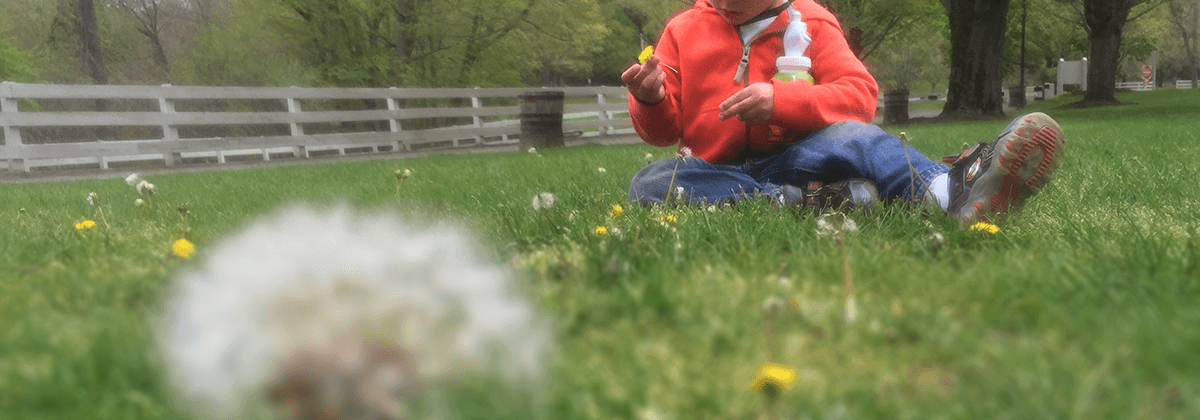Originally published on Babble.com.
After picking up my son up from daycare, I buckled him into his car seat. “Can we listen to the news?” my 3-year-old asked. “Sure, honey,” I replied. Our local public radio station — like so many media outlets right now — recapped the horrible massacre that happened in Orlando on Sunday.
“Mom, what are they talking about?”
I glanced up and looked at my son in my rearview mirror: I could see the gears turning in his inquisitive little toddler brain. “Mommy, what are they talking about on the news?” he repeated. I always knew that some day I’d have to have this conversation with my son; I just hadn’t expected it so soon, at such a young age. My mind raced to try and think about how to respond in a way that would make sense to a toddler.
“Over the weekend, something very sad happened where a lot of people got very hurt,” I replied as gently as I could. I knew it wouldn’t be his only question: My son is a talker, always probing for more.
“Was there bad guys?” he asked me. “There was a very bad man who hurt a lot of people and himself,” I replied.
“Did the people fight the bad guy?” Such an innocent question from my son, as he sat there sipping a juice box in the back seat. “They tried to,” I began. “But a lot of people had to run away and a lot of people got very hurt.”
“Did they have light sabers?” My son, always the helper, always looking for a solution. “No, sweetie,” I said softly. “Did they have blasters?” That’s what we called his squirt water guns — blasters — because my husband and I are cognizant of how and what we want to teach our son about gun culture and violence in our country. “No, honey. They didn’t have blasters.”
He was quiet for a minute as I just stared ahead, my eyes focused on the road but my thoughts elsewhere. “Mommy, are you sad?” I lowered the volume of the radio as we stopped at the stop sign at the end of our street. “Yes, honey,” I said. “A lot of people are sad right now about it. It’s a very sad thing.”
“Mama, don’t be sad.”
I smiled and turned around in my seat. “Thanks,” I replied. Before long my toddler was running up the stairs in our house, ready to watch his favorite cartoons and chow down on some graham crackers. And like that, the conversation was over — but perhaps not yet forgotten.
I always knew this conversation was coming. I grew up at a time when the Columbine High School shooting stunned a nation. I was a junior in high school and I’ll never forget when everyone came back to school the day after the shooting: I immediately began to make mental notes of all possible exits and escape routes throughout my class schedule, should the unthinkable happen at my high school.
After the Sandy Hook shooting, I had the sickening realization that I might one day have teach this same concept of situational awareness to my own children one day. Thankfully, today wasn’t that day—but I realized that I had cracked open the door to a conversation no parent should ever have with their child: That yes, there are bad people out there and yes, they want to hurt you and no, we don’t always know why.
Having this conversation with a child exposes their parents to a deep well of vulnerability about their children’s safety. When we talk about tragedies like Sandy Hook, Orlando, and so many other — no, too many other places — it says to our children that no matter what we say about how we’ll always protect them and keep them safe from harm… sometimes we can’t.
I got lucky today. My 3-year-old, ever the astute listener, didn’t pick up on some of the words he heard in that afternoon news broadcast — words like “shooting,” “shooter,” “homophobic,” and “terrorism.” I am infinitely grateful that he didn’t ask me, “Mom, what’s a shooting?”
I know one day he will.

